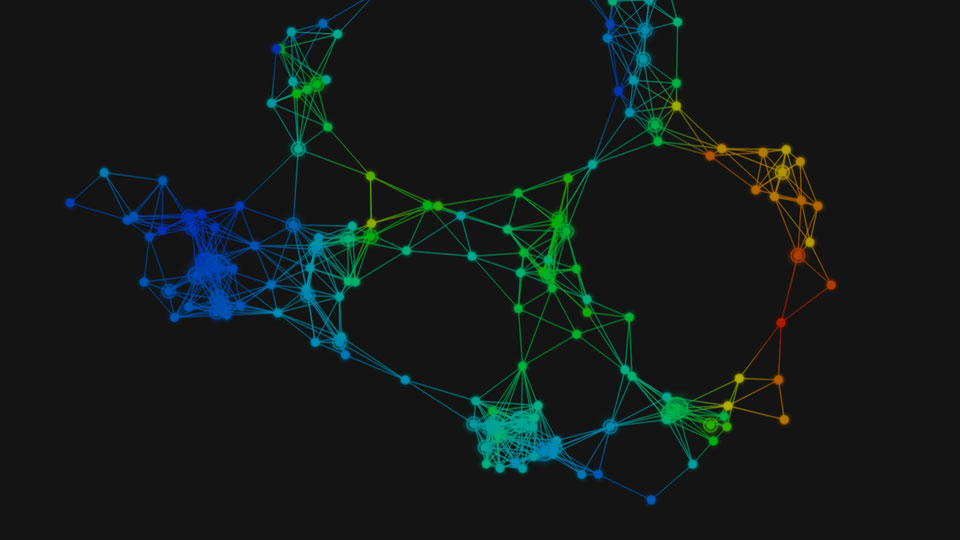Over the last 15 years, using a combination of cell biology, protein biochemistry and mouse genetics my laboratory has established essential functions of glioblastoma drivers (Carro et al. Nature 2010; Singh et al. Science 2012; Frattini et al. Nature Genetics 2013; Lee et al. Nature 2016; Frattini et. al. Nature 2018; D’Angelo et. al. Nature Medicine 2019). Some of the glioblastoma oncogenic pathways are engaged to preserve stemness and induce other cancer hallmarks.  The follow up of these studies and the application of scRNA-seq analysis led to a novel functional classification of glioblastoma cells and tumors based on pathway activity rather than marker genes and includes two main branches, neurodevelopmental (including neuronal and proliferative/progenitor) and metabolic (including mitochondrial and glycolytic plurimetabolic), endowed with clearly distinct pathway activation. The classification has clinical and therapeutic implications (Garofano et al. Nature Cancer, 2021 Feb;2(2):141-156). We refined the classification and performed proteomic analysis to characterize the glioblastoma subtypes and identified master protein kinases driving the hallmarks of each subtype. We recently discover the critical role of the TAM receptor tyrosine kinase AXL in neural tumors (Cancer Discovery, 2023). We will now address the role of AXL in immune evasion and as a therapeutic target linked to immune suppression and metabolism in the glycolytic/plurimetabolic subtype of glioblastoma. We will use and integrate multiple-omics platforms including scRNA-seq ans ATAC-seq, proteomics and phosphoproteomics to extract network and signaling that generate addiction/vulnerability in glioblastoma cells. We leverage our expertise in glioblastoma derived culture and mouse models to trace the function of functional oncogenes in tumor cells, the signaling generated by glioblastoma cells in the tumor microenvironment that may drive immune suppression and therapy resistance in glioblastoma. We have generated and annotated syngeneic and patient derived organoids. We use these models to preclinically validate and target addicting signaling in glioblastoma. I lead the Precision Cancer Initiative at the Sylvester Comprehensive Cancer Center. In this role I am organizing resources and infrastructures to develop investigational tools to target dependencies and identify novel targets for malignant brain tumors.
The follow up of these studies and the application of scRNA-seq analysis led to a novel functional classification of glioblastoma cells and tumors based on pathway activity rather than marker genes and includes two main branches, neurodevelopmental (including neuronal and proliferative/progenitor) and metabolic (including mitochondrial and glycolytic plurimetabolic), endowed with clearly distinct pathway activation. The classification has clinical and therapeutic implications (Garofano et al. Nature Cancer, 2021 Feb;2(2):141-156). We refined the classification and performed proteomic analysis to characterize the glioblastoma subtypes and identified master protein kinases driving the hallmarks of each subtype. We recently discover the critical role of the TAM receptor tyrosine kinase AXL in neural tumors (Cancer Discovery, 2023). We will now address the role of AXL in immune evasion and as a therapeutic target linked to immune suppression and metabolism in the glycolytic/plurimetabolic subtype of glioblastoma. We will use and integrate multiple-omics platforms including scRNA-seq ans ATAC-seq, proteomics and phosphoproteomics to extract network and signaling that generate addiction/vulnerability in glioblastoma cells. We leverage our expertise in glioblastoma derived culture and mouse models to trace the function of functional oncogenes in tumor cells, the signaling generated by glioblastoma cells in the tumor microenvironment that may drive immune suppression and therapy resistance in glioblastoma. We have generated and annotated syngeneic and patient derived organoids. We use these models to preclinically validate and target addicting signaling in glioblastoma. I lead the Precision Cancer Initiative at the Sylvester Comprehensive Cancer Center. In this role I am organizing resources and infrastructures to develop investigational tools to target dependencies and identify novel targets for malignant brain tumors.
